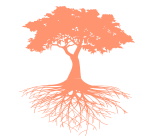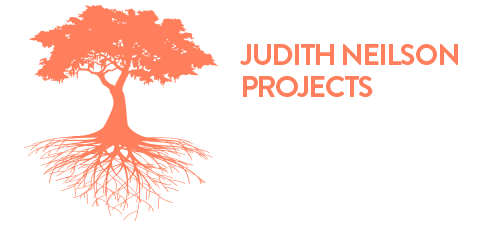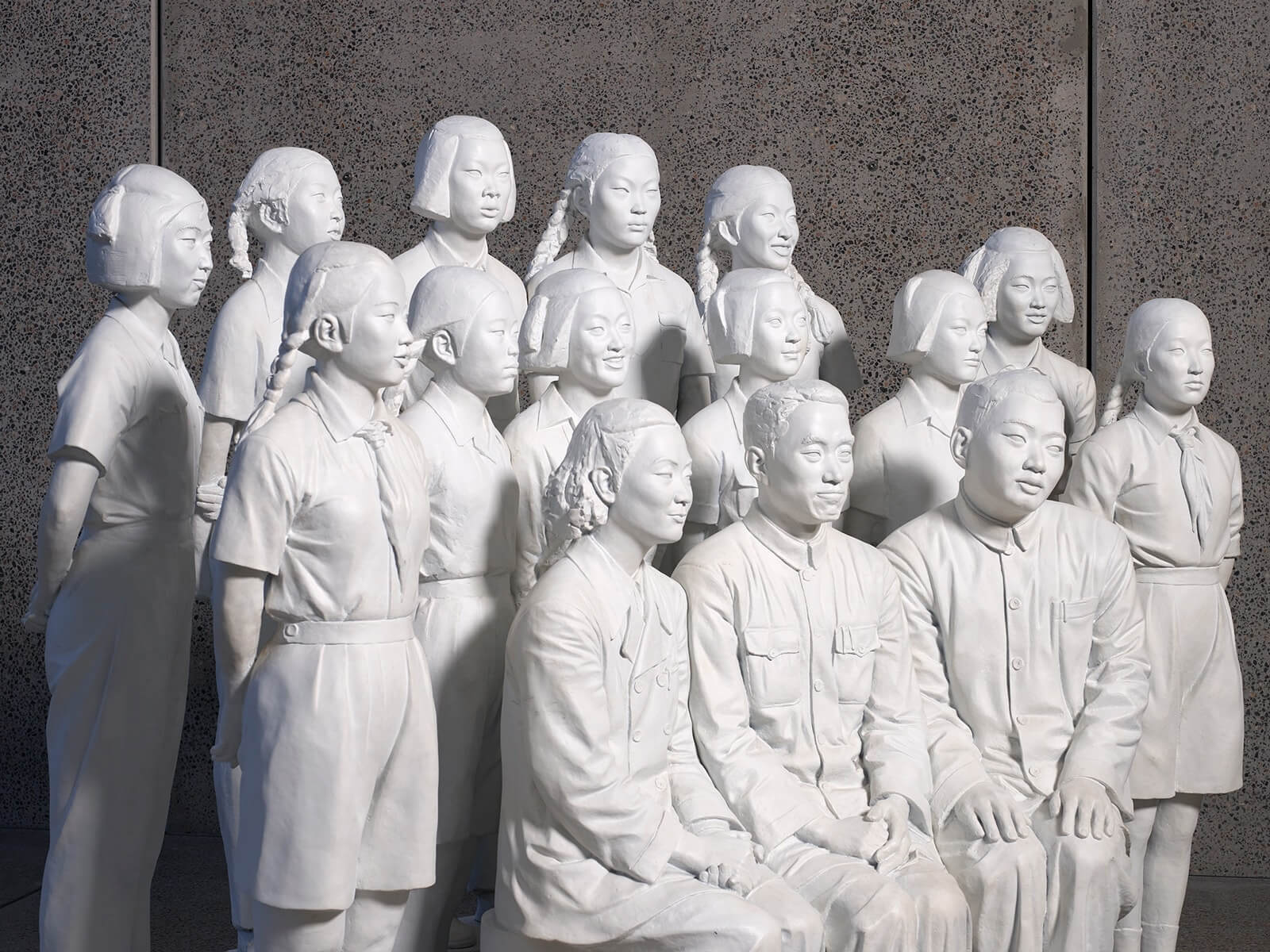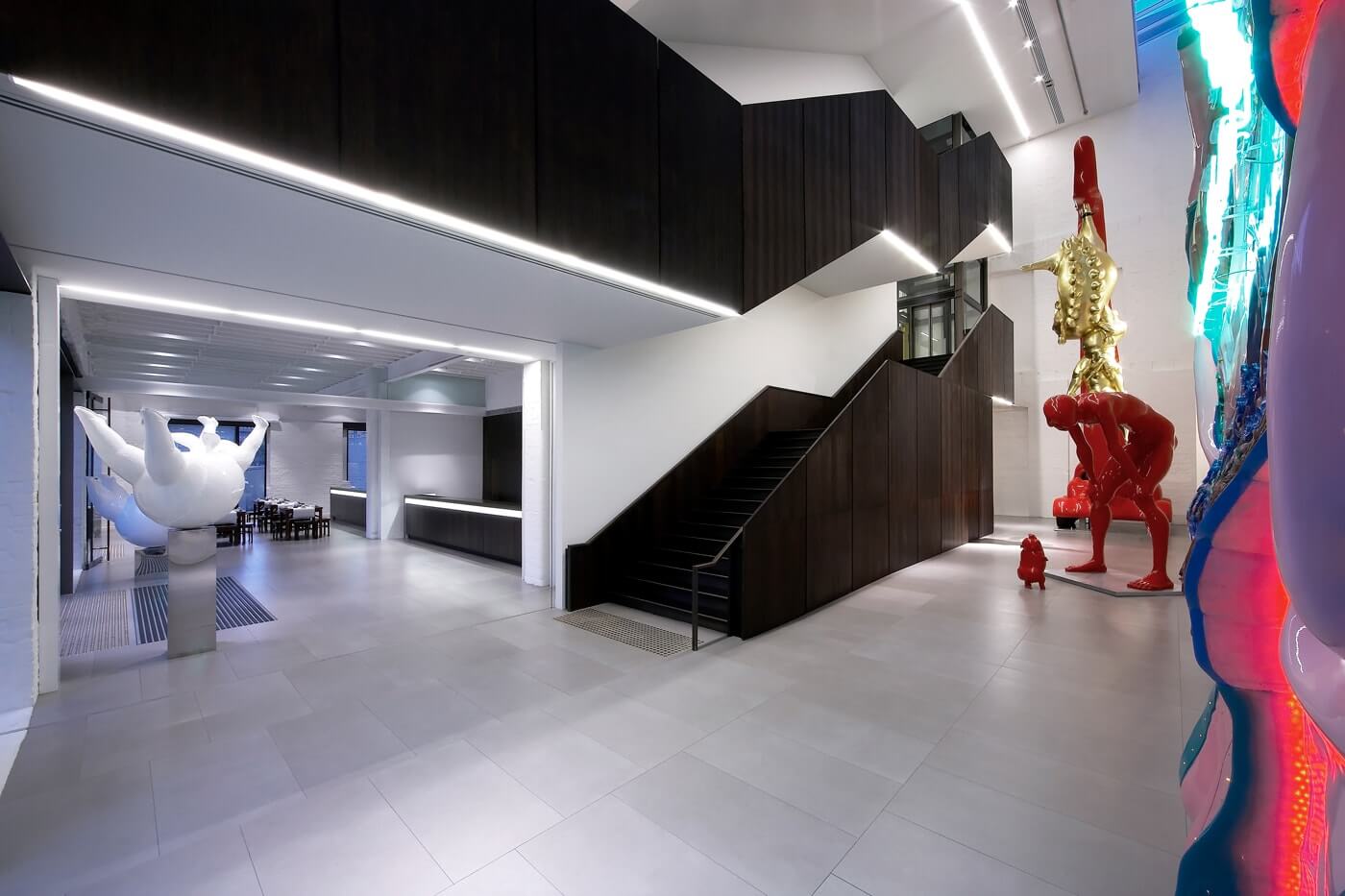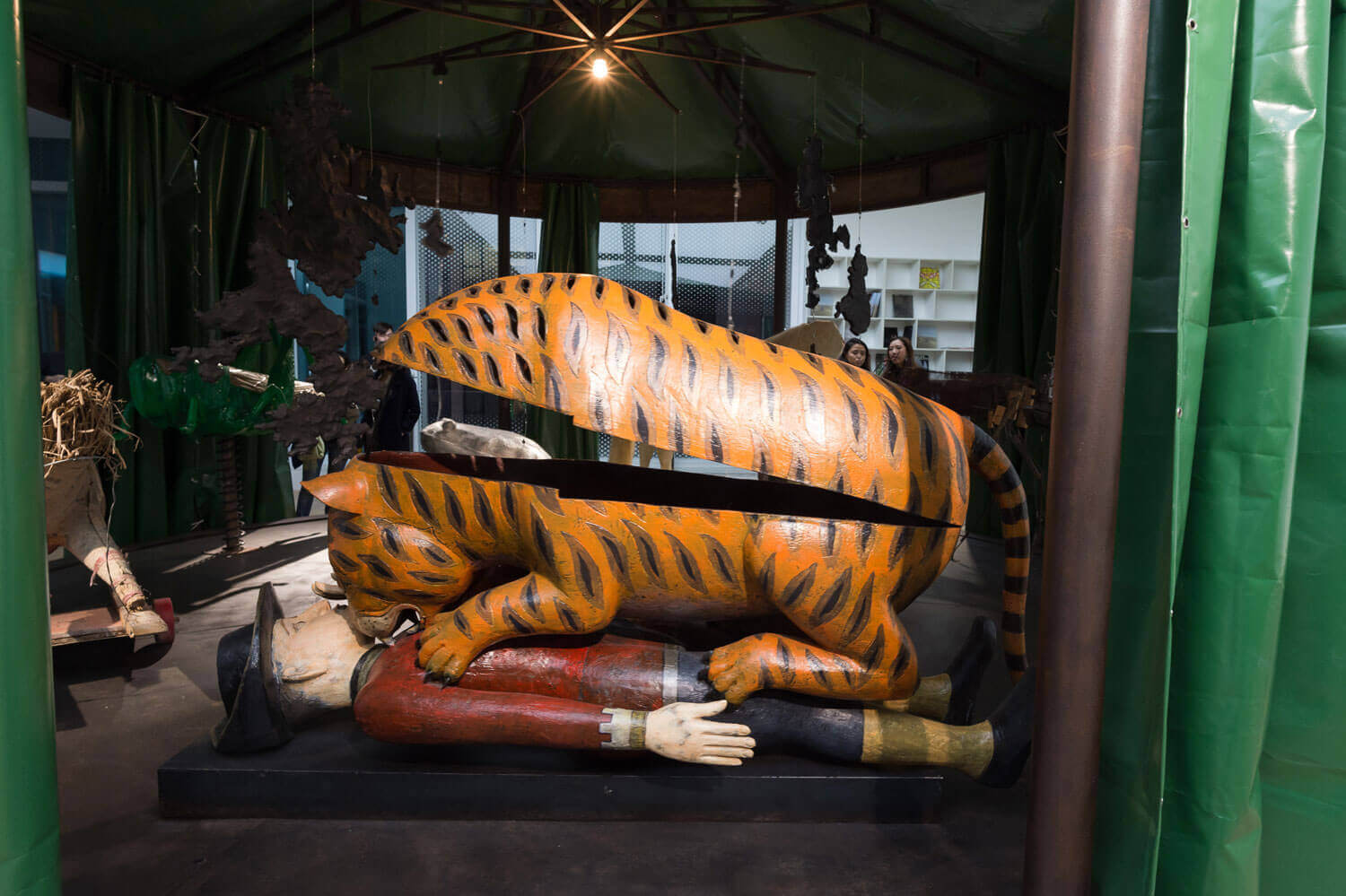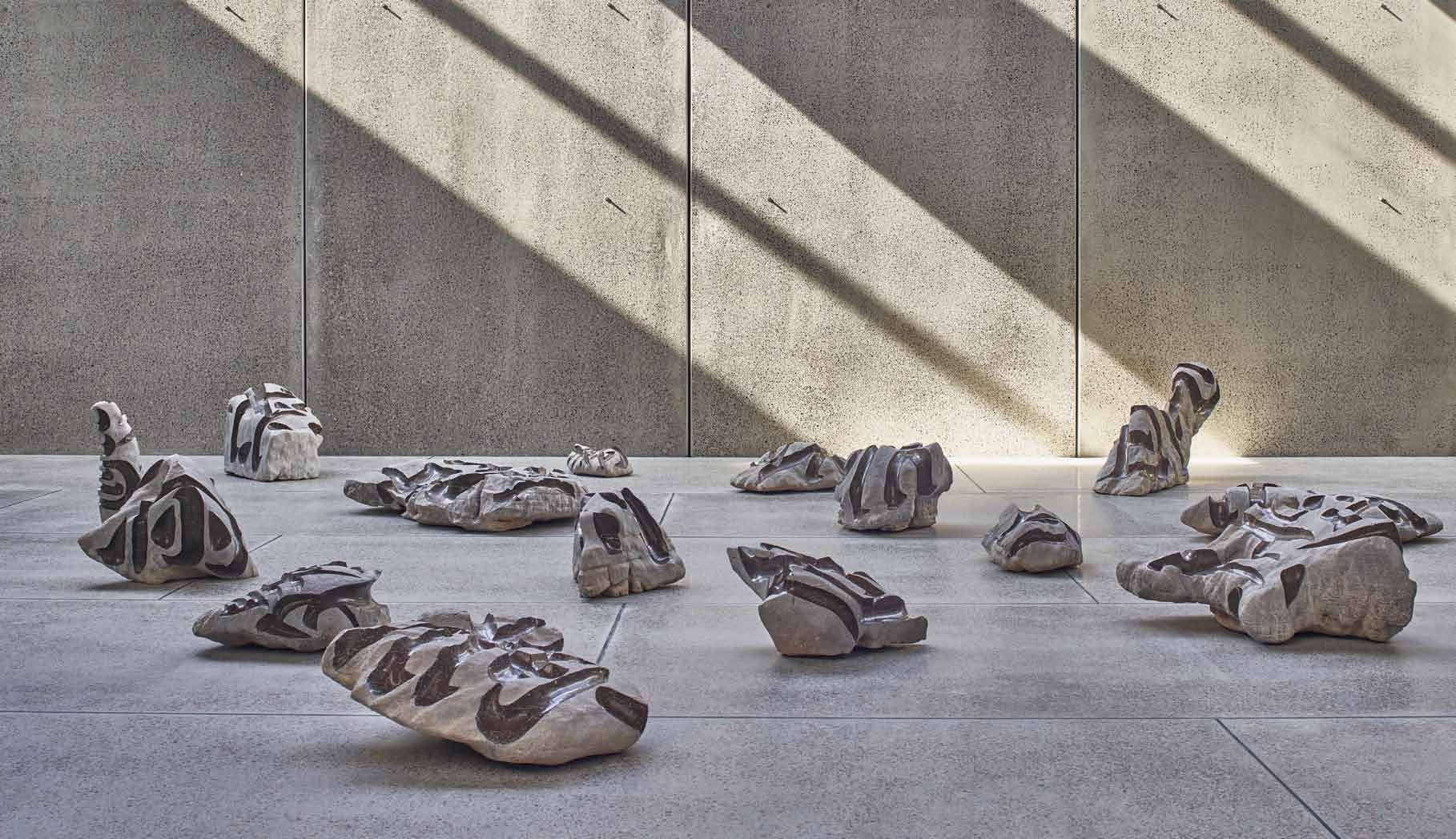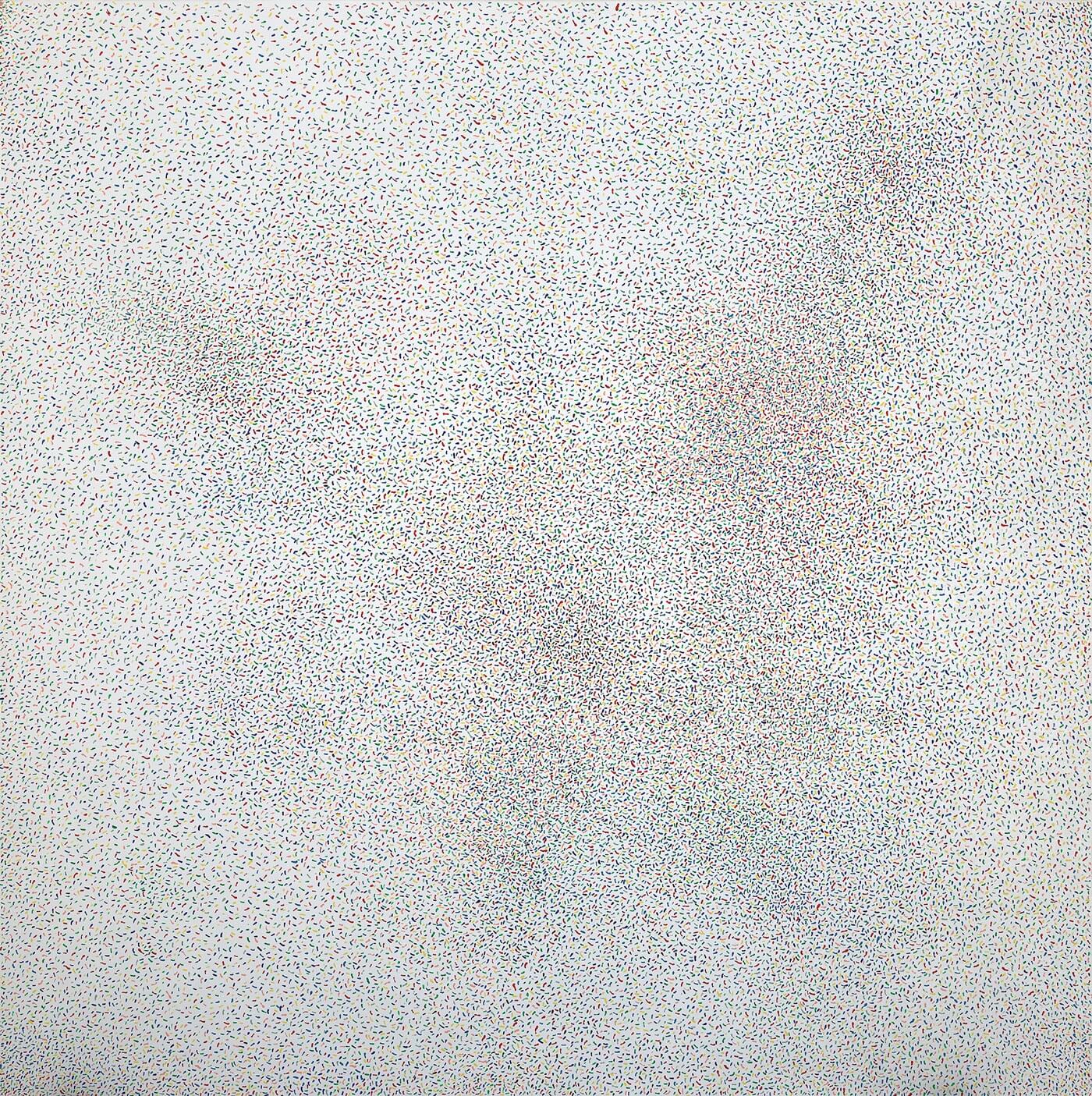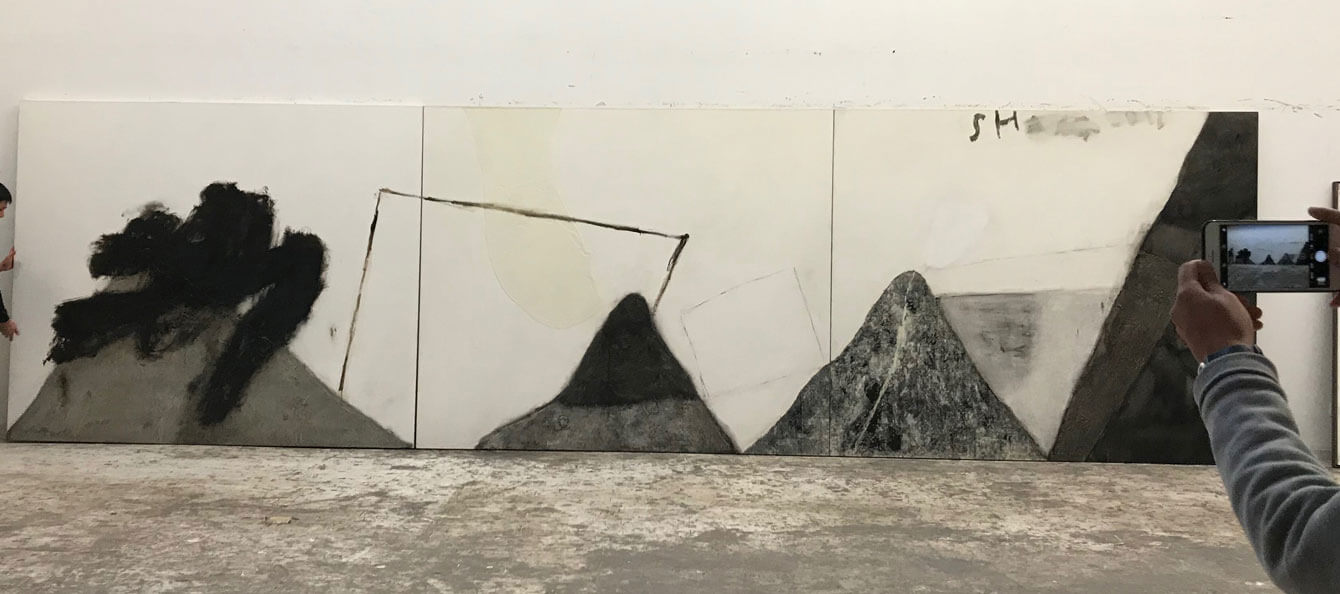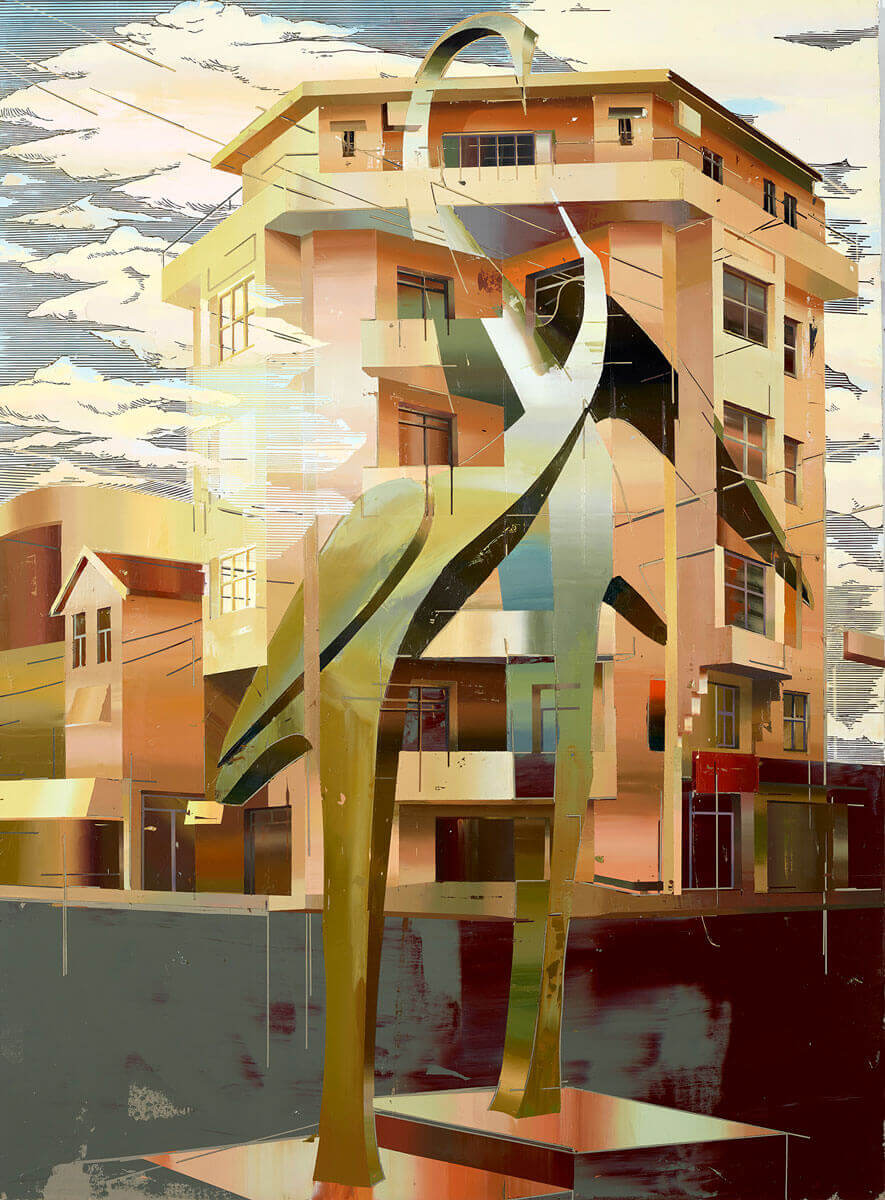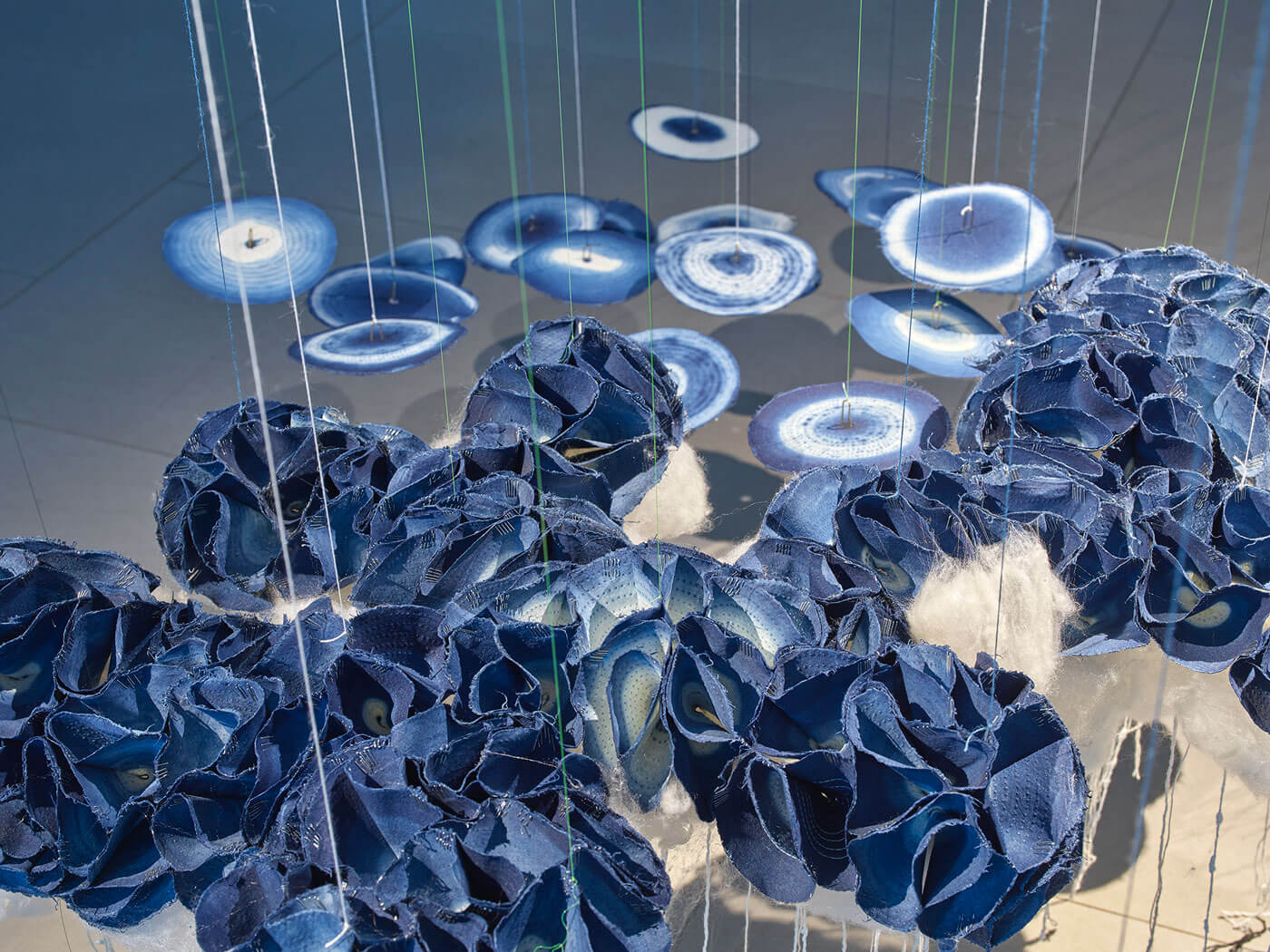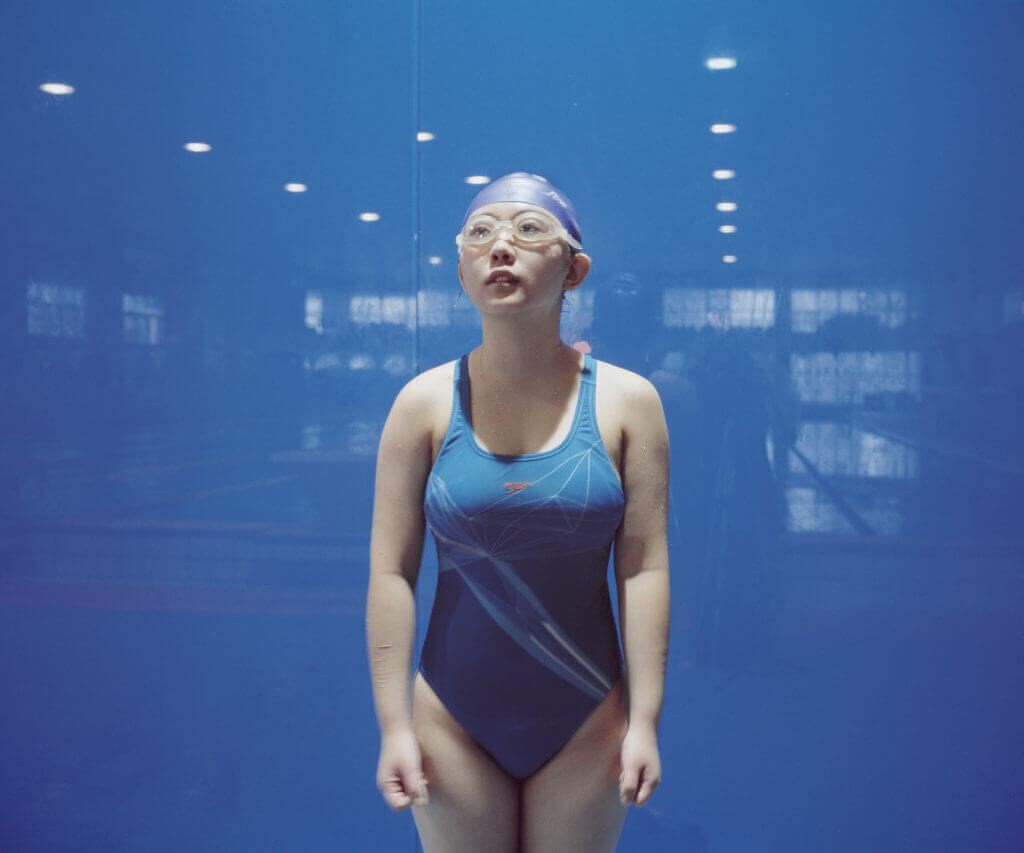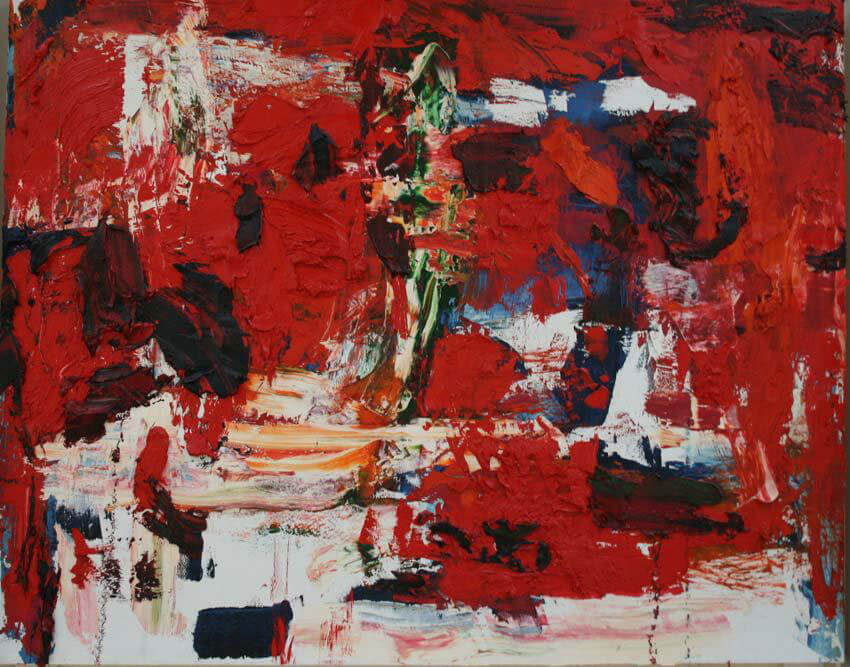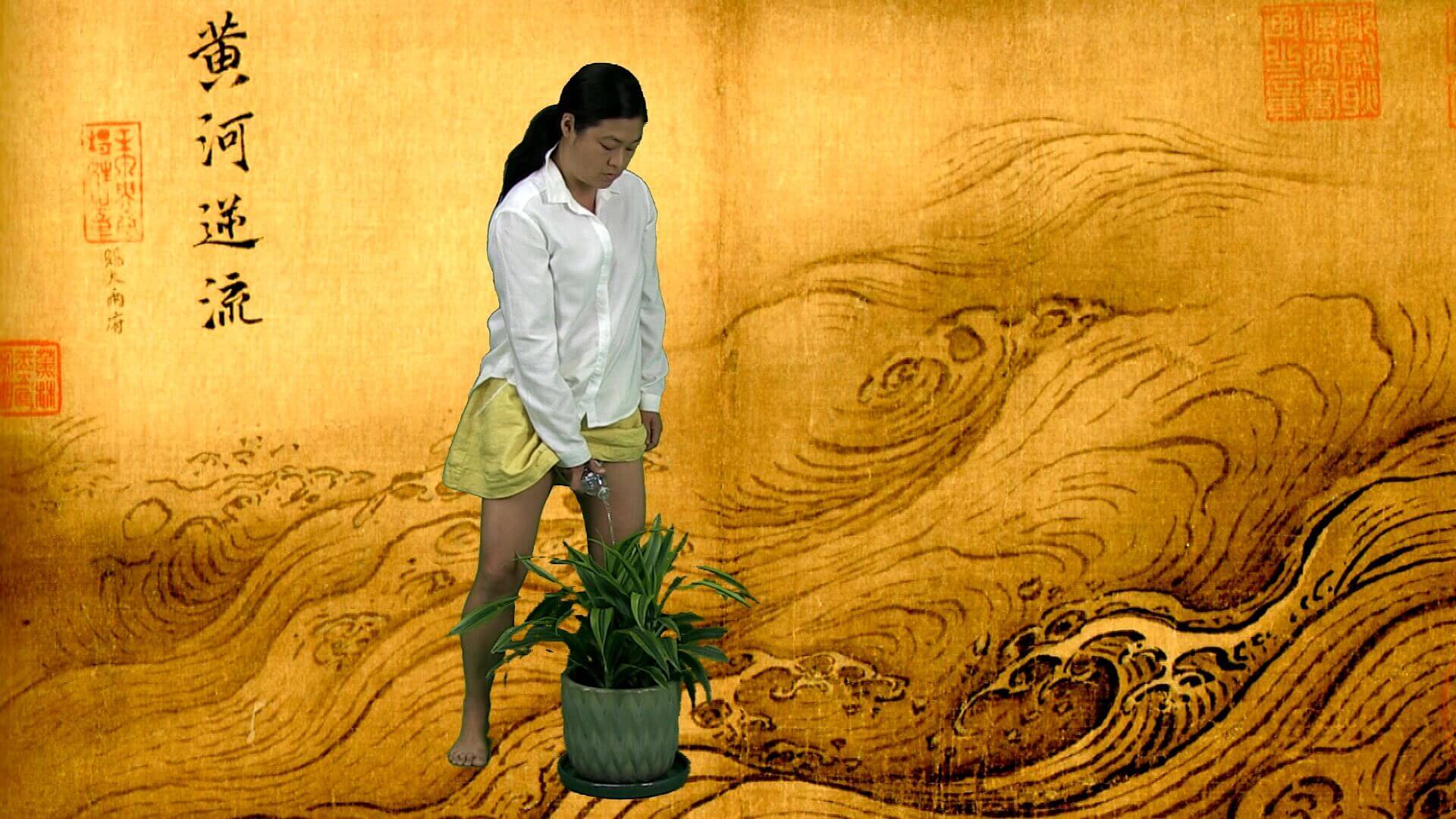Have Fun!
ARTISTS & WORKS /
Chen Yanyin 陈妍音
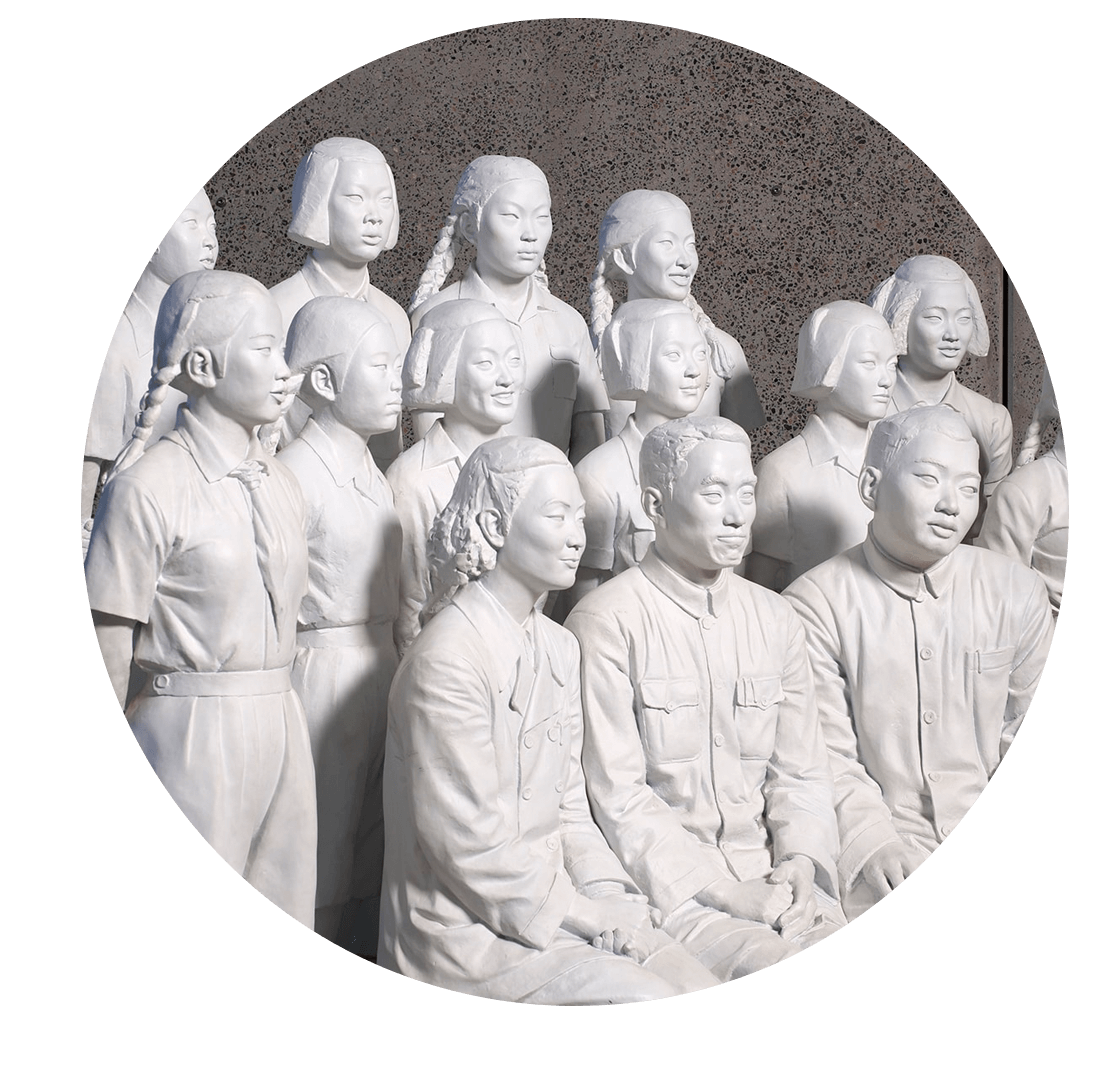
DOB: 1958
POB: Shanghai, China
Education: BA, Sculpture Department, the Zhejiang Academy of Fine Arts (now the China Academy of Art, Hangzhou) 1988
MA, Visual Arts, Sydney College of Arts, 2000
Lives and works: Shanghai
No. works in collection: 1
BRIEF BIO:
orn in 1958 at the start of the disastrous ‘Great Leap Forward’ into a family whose wealth, culture and education brought them under suspicion at different times during the revolutionary era, Chen Yanyin’s complicated family history inflects her work.
In 1977 she was assigned by the state to study jade carving at the Shanghai School of Arts and Crafts (上海市工艺美术学校), one of the few art schools in Shanghai at the time. There were 21 students in her class, including 9 women.
Over the course of three years she received foundational training in art and art history, and specialist instruction in jade carving. She excelled at the school and her graduation work Apsara (飞天), a female spirit of the clouds and water inspired by mural paintings in the Buddhist caves at Dunhuang (an early sign perhaps of her interest in Buddhism), was one of two works collected by the School.
Determined to continue her studies Chen Yanyin was attuned to local opportunities that would assist her gain entry to the prestigious Zhejiang Academy of Fine Arts in Hangzhou (now the China Academy of Art).
After working for two years she was eligible to sit for the entrance examination. She secured a job in her mother’s work unit, the Shanghai Mint, creating designs for presentation coins. While working at the Mint she was invited, through her teachers, to participate in the 1982 Shanghai Exhibition of Designs for Urban Sculpture (上海城市雕塑设计展览). Her entry ‘Monument to China’s Martyrs’ (龙华英雄纪念碑) was awarded a prize for outstanding work (优秀作品奖) and admired by Zhang Chongren (张充仁 , 1907-1998), a senior sculptor who in the early 1930s had studied at the Académie Royale des Beaux-Arts in Brussels with the oil painter Alfred Bastien, and was head of studio practice at the Shanghai Oil Painting and Sculpture Institute.
The following year she entered the sculpture department of the Zhejiang Academy of Fine Arts, Hangzhou, one of two female students in the intake of six. While studying at the Academy her sculpture ‘Love’ (1986) was included in the First Exhibition of Sport in Art held at the National Art Museum of China and was acquired by the National Sports Commission.
Upon graduation in 1988 Chen Yanyin was employed as a full-time artist at the Shanghai Oil Painting and Sculpture Institute, established in 1965 as a dedicated practice and research organisation for artists in Shanghai.
In a career that now spans close to thirty years she has produced for the Institute a long list of prize-winning exhibition works, commissions and public sculptures.
Chen has participated frequently in avant-garde and women’s art exhibitions in Shanghai and around the world and she has created many of Shanghai’s public sculptures.
Her work was shown in the 2nd Asia Pacific Triennial, Brisbane, in 1996, Kassel, Germany (1998), Vancouver (1999), Singapore (2000), and in the Third Shanghai Biennale (2000). In 2008, Chen Yanyin received the “China Sculpture Grand Prize” for her work “My Mother 1956, 1963, 1998”.
Recently Chen Yanyin’s work has been shown at Myth/History in Shanghai’s YUZ Museum. (Sources: ShanghArt Gallery and Claire Roberts)
ARTWORKS:
#1. Accession
Number: 2018.117
Title: 1949 – The Young Pioneers of Communist China
Chinese Title: 《1949年-新中国少先队员》
Date: 2010
Broad Medium: bronze/sculpture
Specific Materials: bronze, paint
Dimensions: approximately 150 x 40 x 30 cm 15 pieces
Description: Sculpture of white figures – 3 seated adults and 2 rows of teenagers as if posed for a formal photograph. They are clothed in revolutionary era garb and some of the younger figures have the neck scarf of the Young Pioneers Communist Youth Organisation.
EXHIBITION HISTORY
THEN 2019
From the ‘Mother Series’ of works based on the life of Chen Yanyin’s mother, Wu Ruidi, this sculpture is developed from a family photograph: Wu Ruidi’s graduation photograph taken in 1949 at the Christian Girls School in Shanghai that she had attended since primary school.
She does not wear the red Young Pioneer communist youth organisation scarf, an indication that her family background was not sufficiently revolutionary (they were not workers, peasants or soldiers) to allow her to become a member of the first generation of Young Pioneers.
The figures were modelled in clay before moulds were made for casting as separate editions in bronze and in fibreglass. The work, painted white, is like a blank canvas at the dawn of the establishment of New China, symbolising the hopes of a generation – but white is also a colour of mourning in China.
A note from Chen Yanyin: ‘When my mother was studying there, the school name was: Jinke Middle School. After liberation, it was renamed: Jiangning Middle School. In the middle of the reform and opening up period, this school ceased to exist and was bought by developers.
MORE COLLECTION HIGHLIGHTS & NEW ACQUISITIONS
Lorem ipsum dolor sit amet, consectetur adipiscing elit. Quisque non augue et ante elementum finibus. Phasellus non cursus nunc. Mauris quam sem, fermentum quis imperdiet sit amet, mollis vitae lorem.

Explore highlights and new acquisitions
SUBSCRIBE
Get access to all our latest news by subscribe here.
